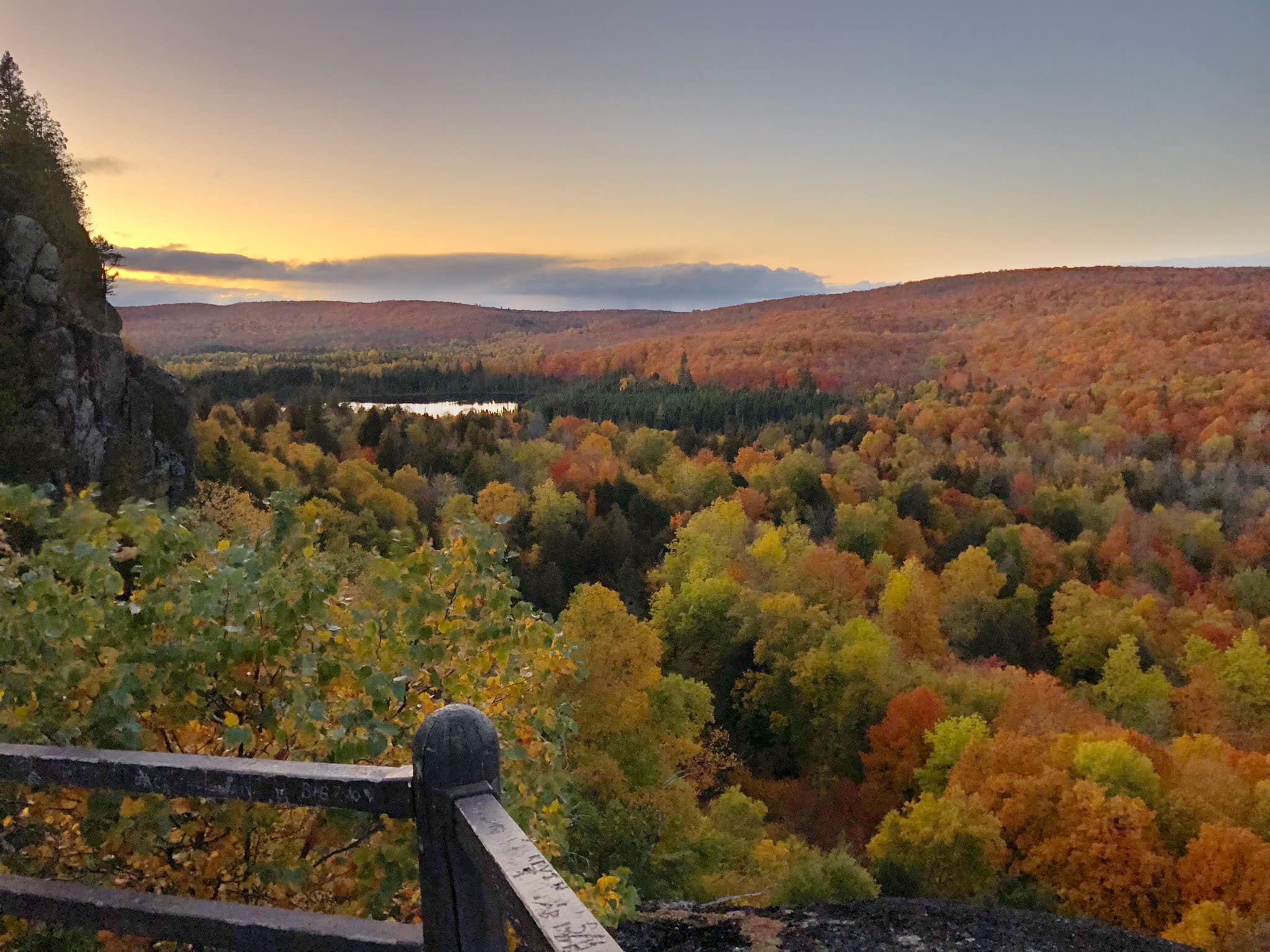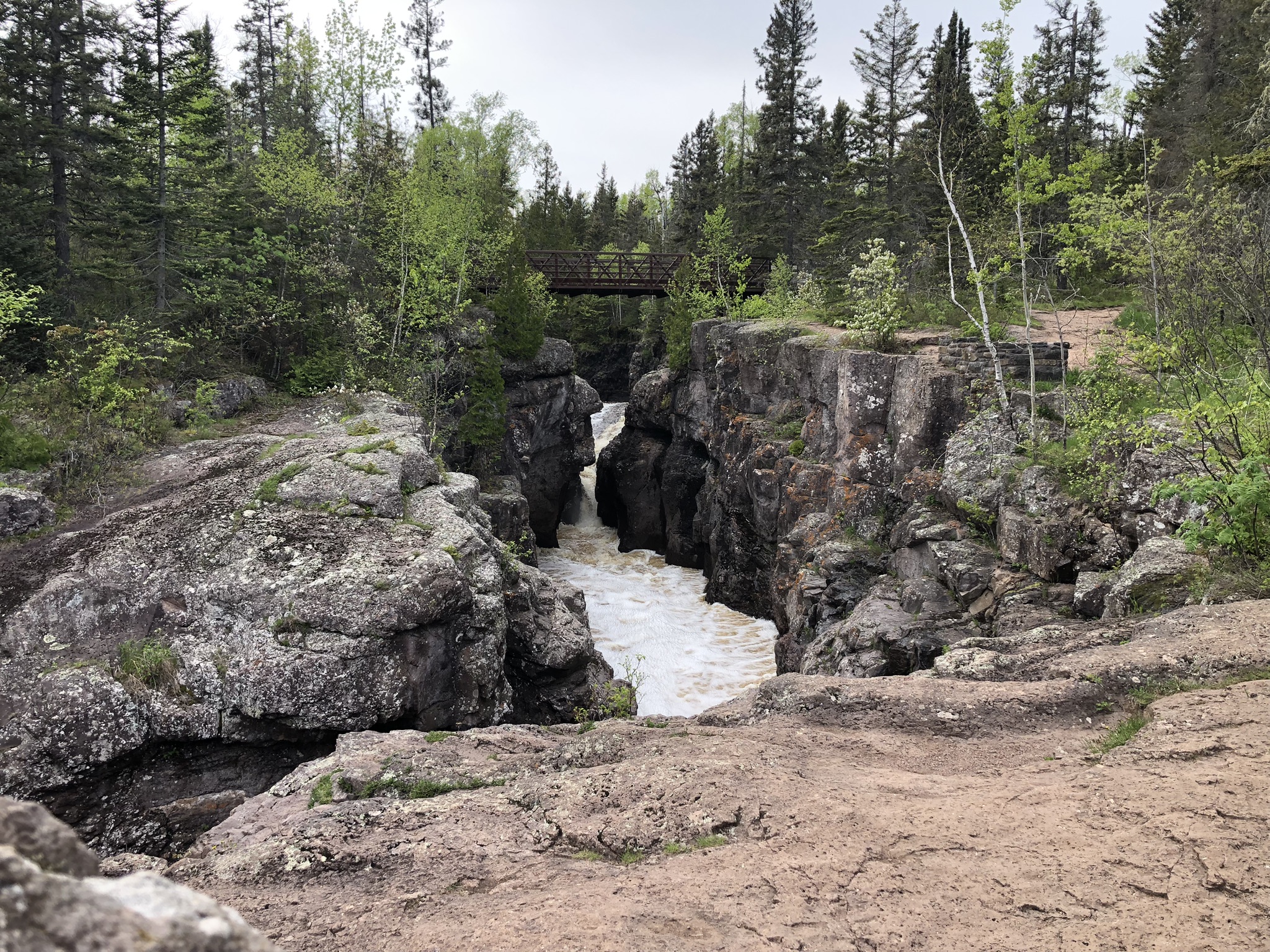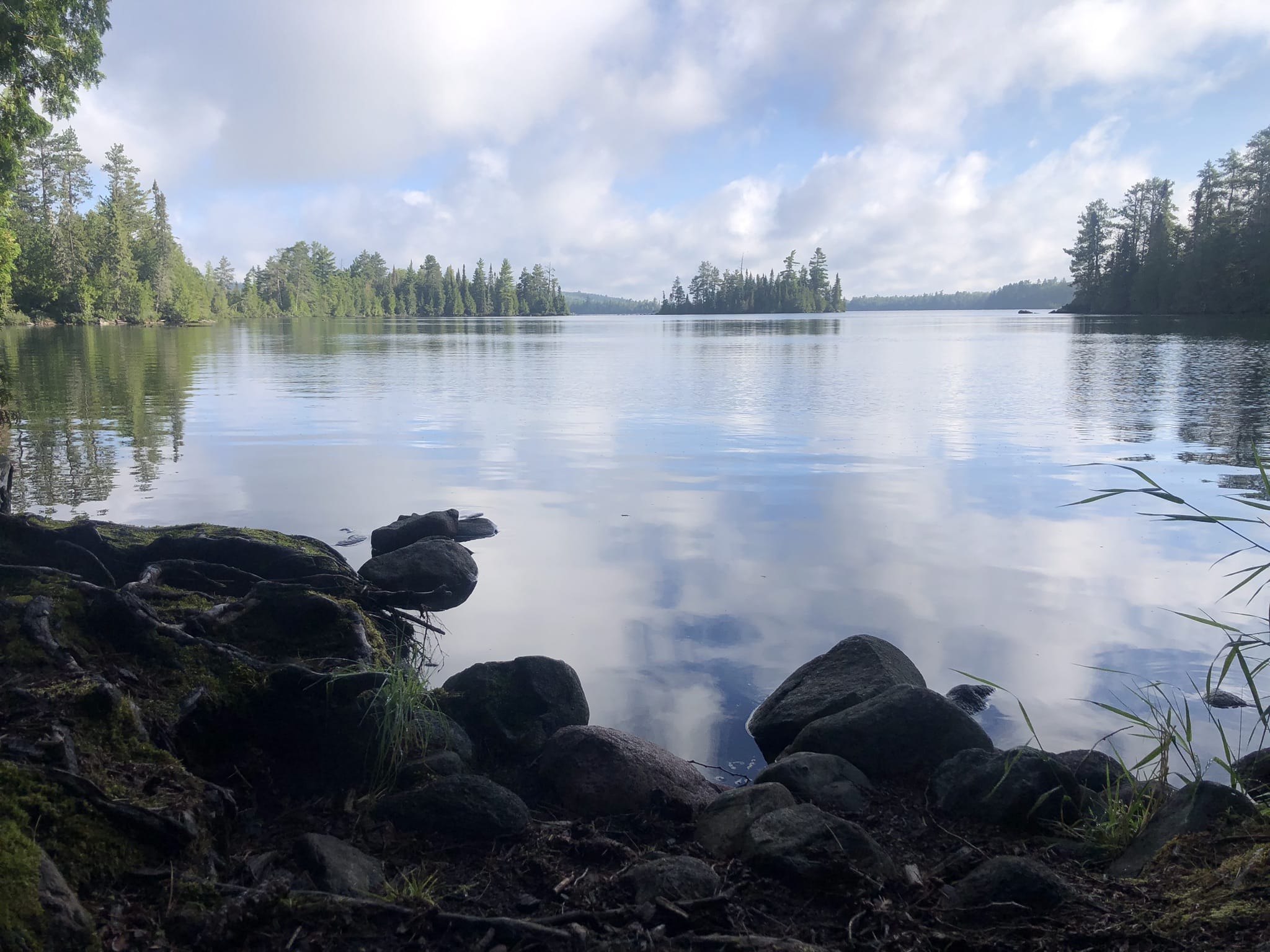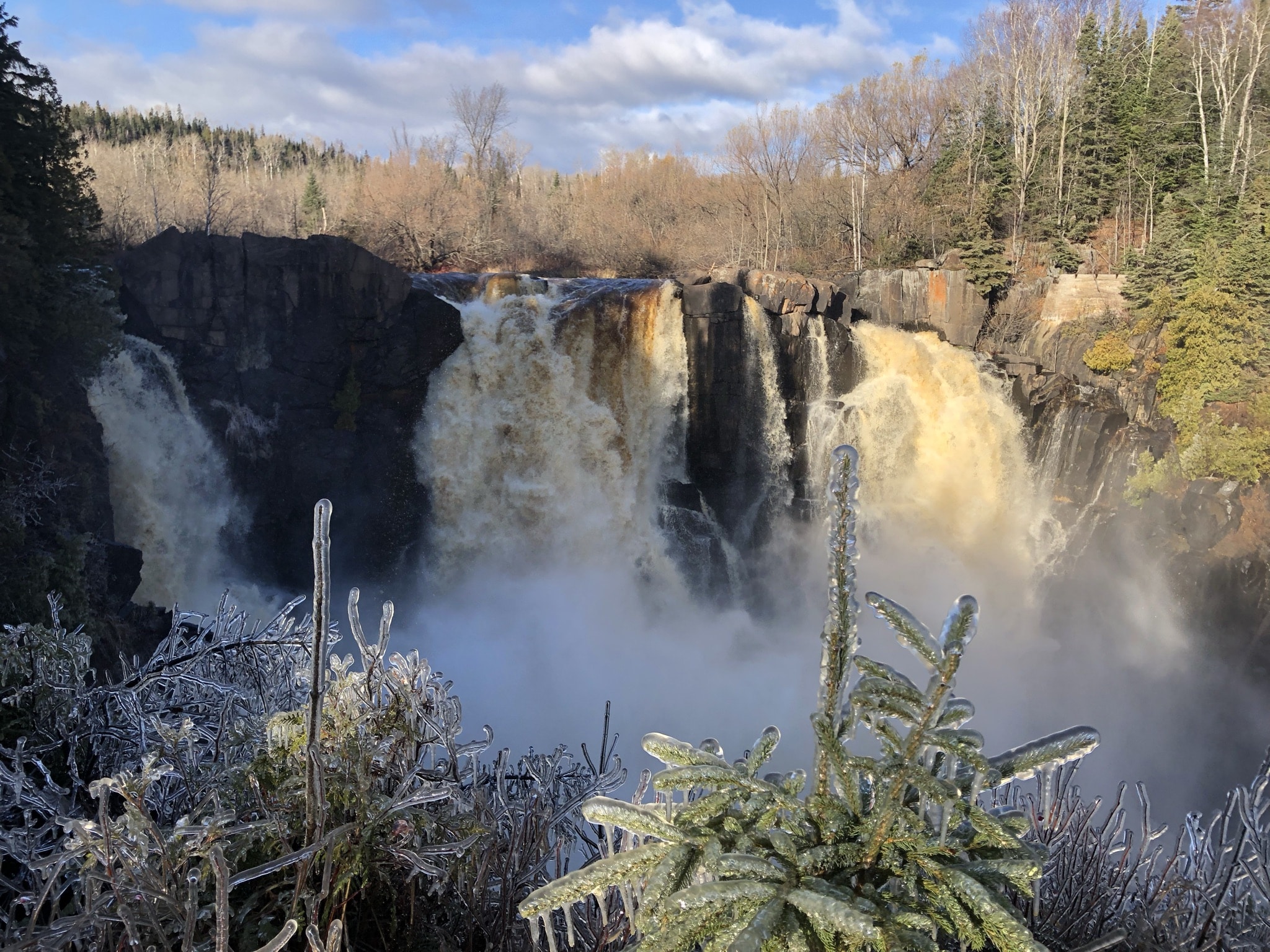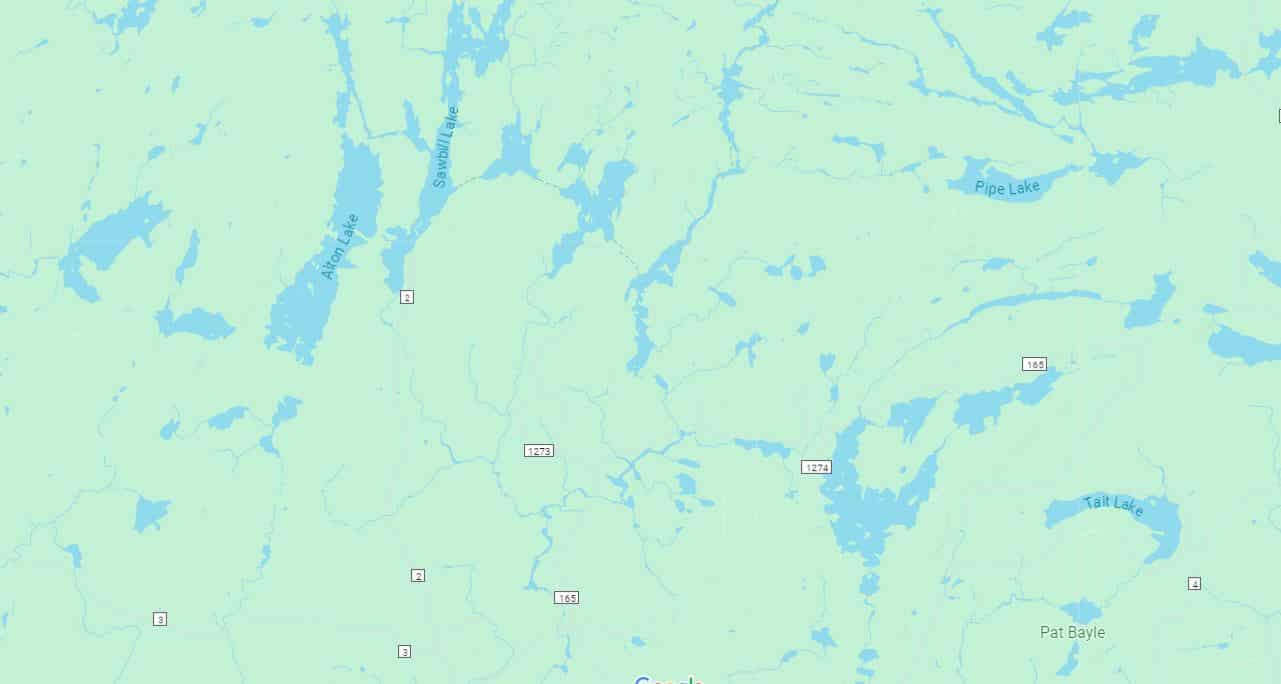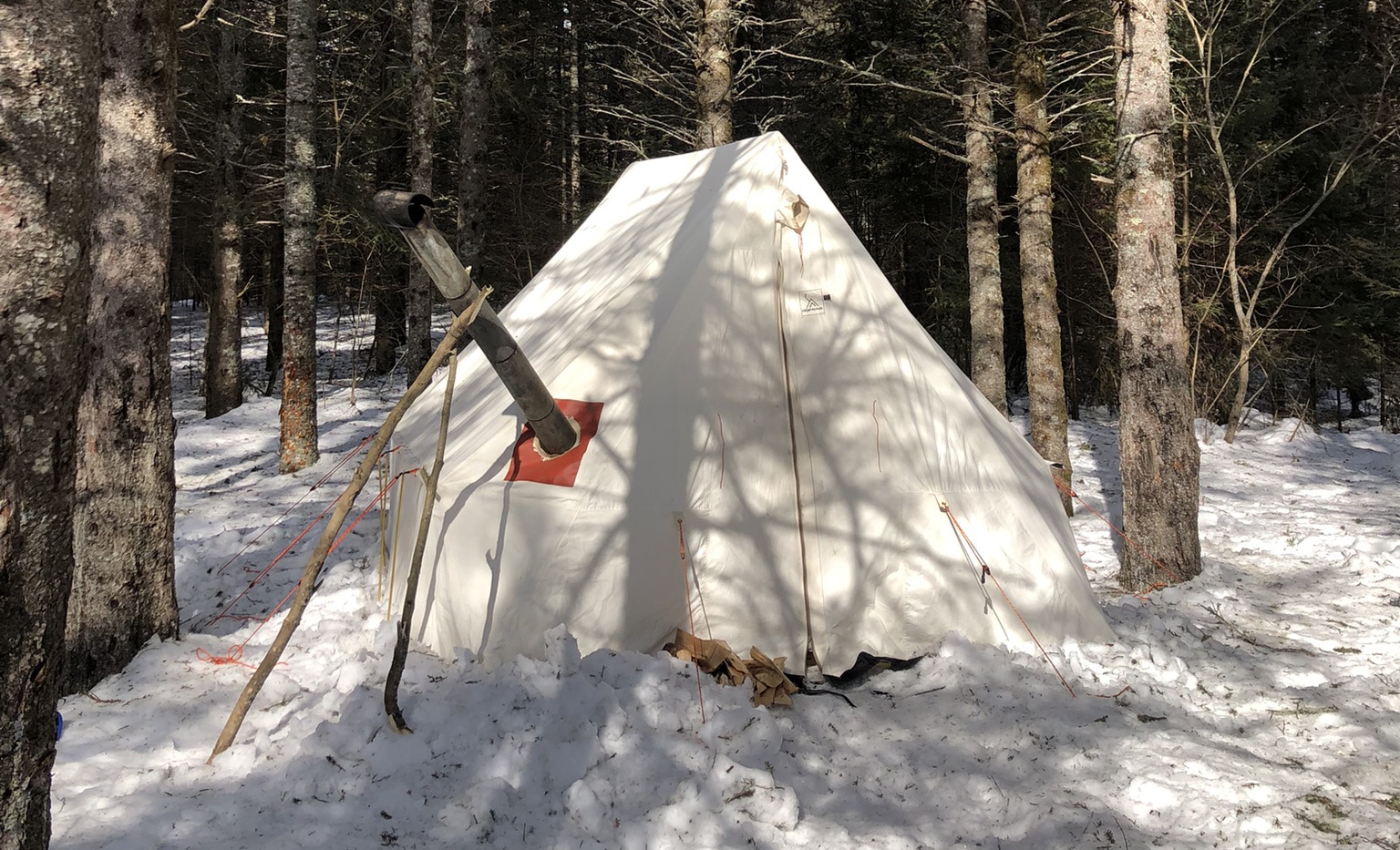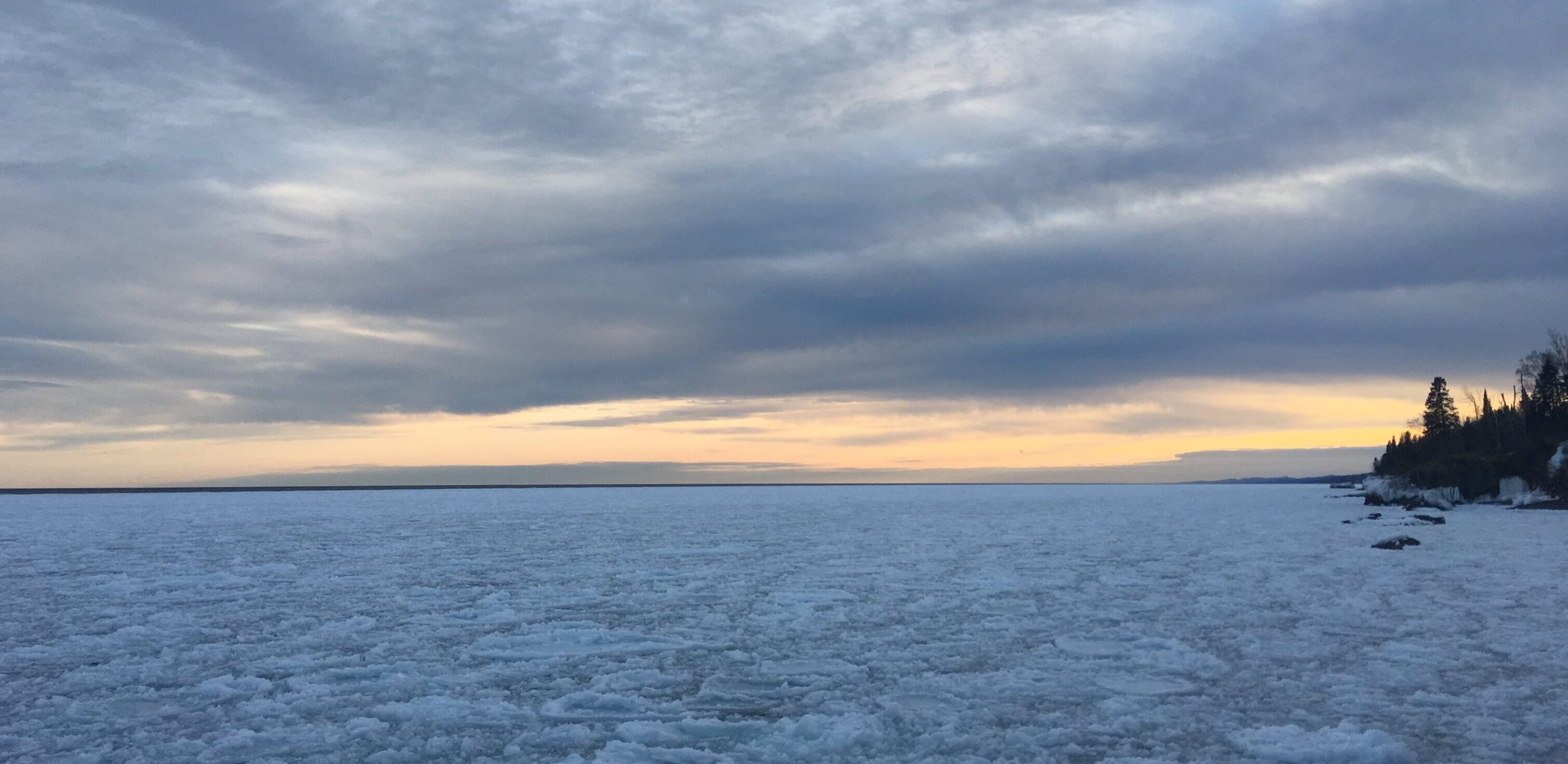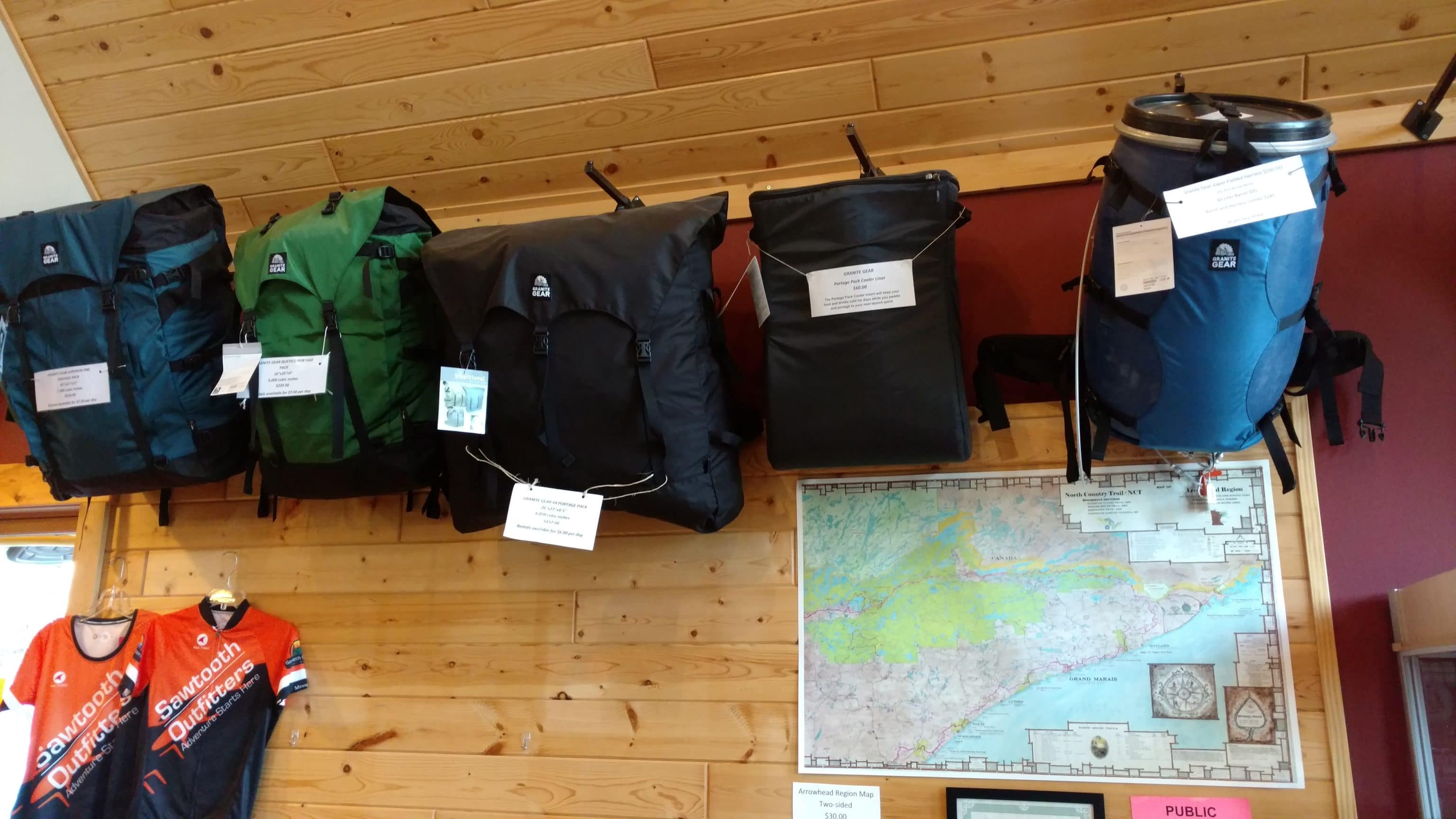Discover the Scenic Beauty of the Oberg Loop: A Hiker’s Guide Near Tofte, MN
The Oberg Loop is one of the most scenic spur trails off the Superior Hiking Trail and a must-visit for anyone exploring the Tofte, MN area. Located just 6 miles northeast of Tofte at the Oberg Mountain trailhead on Onion River Road, this approximately 3 mile moderate hiking loop offers breathtaking views and a diverse hiking experience that changes with the seasons. Trail Overview The Oberg Loop trail features a lollipop shape, requiring hikers to trek a short distance into the woods before reaching the Oberg Loop Spur trail of the Superior Hiking Trail. If you travel the loop counterclockwise, you'll first encounter a stunning overlook of LeVeaux Mountain and the surrounding forest, followed by a series of incredible views of Lake Superior. On clear days, you might even catch glimpses of northern Wisconsin and the Upper Peninsula of Michigan across the lake. Scenic Highlights As you continue along the trail, the landscape transforms, offering beautiful views of the Sawtooth Mountains and Lake Oberg from the top of impressive rock cliffs. The trail meanders through various forest types, including areas dominated by maples, aspens, and conifers. During the summer months, the landscape is dotted with berries and blossoms, adding to the trail's charm. Seasonal Beauty While...


